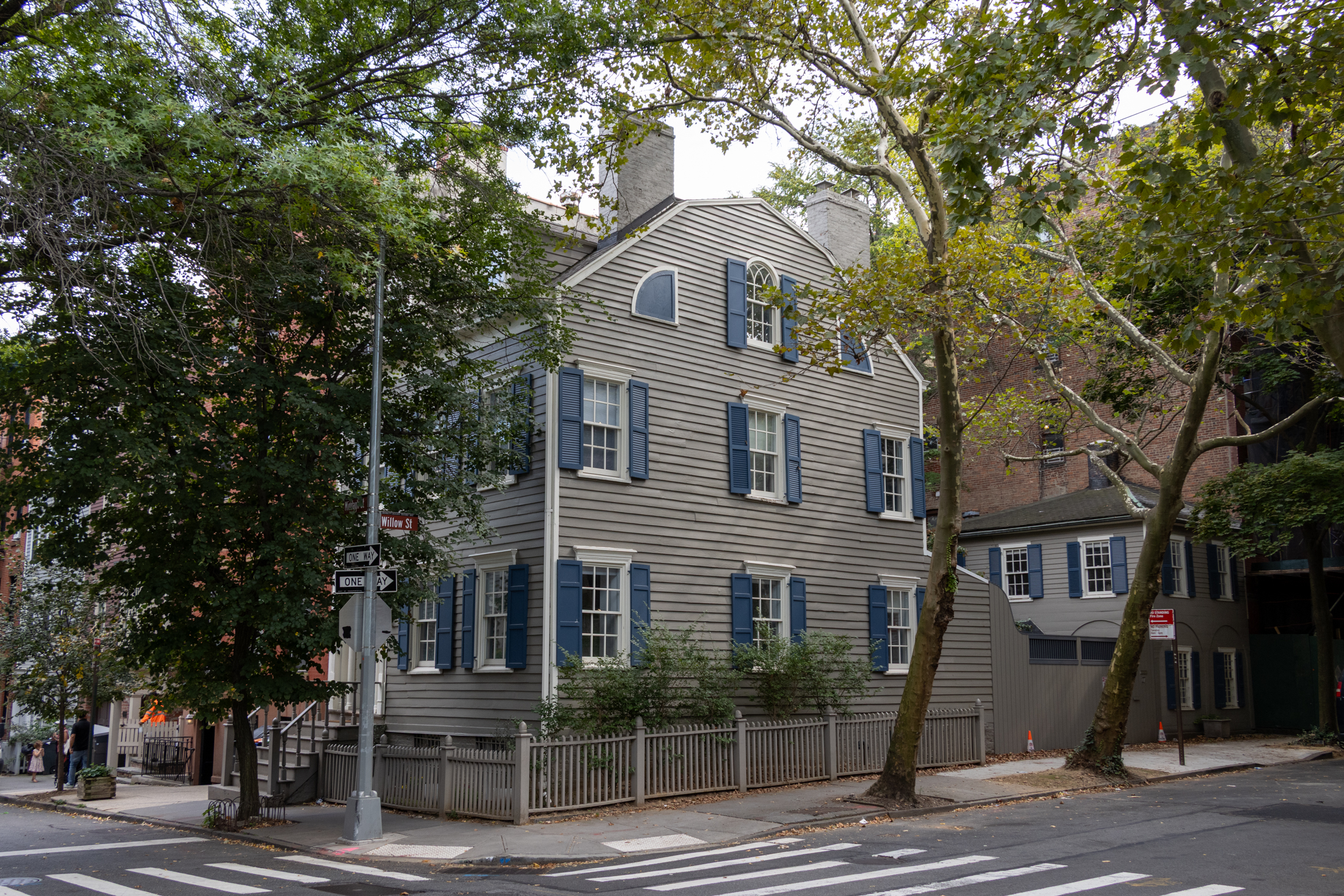WIDGET UPDATE: Since the pricing widget has now been up and running for exactly six months, we spent a little time yesterday looking at some data to try to see if it has any predictive ability. We came up with a list of twelve properties that had been both subjected to the widget treatment and…

WIDGET UPDATE: Since the pricing widget has now been up and running for exactly six months, we spent a little time yesterday looking at some data to try to see if it has any predictive ability. We came up with a list of twelve properties that had been both subjected to the widget treatment and gone on to sell. The findings were quite interesting: In every single case, the average predicted selling price fell short of the actual selling price. The interesting thing was the consistent range by which the widget underpriced. The widget price was between 9.4% and 19.8% under the ultimate selling price; on average the widget underpriced by about 14%. So we’re going to create a second-generation widget that shows average and median predictions as well as a predicted selling price based on the historical track record. Hopefully that’ll get done in the next couple of weeks. The twelve data points are listed below. P.S. If any reader would like to become the official keeper of the widget spreadsheet and try to keep an eye on this stuff, we’d be more than happy to hand it off!






SoSlope,
You’re the one who is biased. I blew the whistle in my opening statement @ 11:43 but you give Northsloper the credit ’cause he/she’s on your side of Flatbush???.
***Bid half off peak comps***
“Why this thread for your re-entry?” – I’m a market nerd, wasder. YOU know that. I’m serious too.
joe the bummer – We generally agree but anything can be graphed and functioned. It’s just that rates of change go up and down in the short and long terms. DIBS speaks of only the short term. And government “bankruptcies” may not be in the official sense but they sure smell so when they get papered over.
Slopefarm – ‘What’ has a blog!!!!???? Where? “methinks you doth protest too much” – How many times I gotta tell ya? I’m a home price activist!
antirehab – You are absolutely wrong and I dare you to quote me! I said the bottom will be in when the YOY column approaches ZERO. Much downside from here. Rehab is for quitters. I still have to fight you about the relevance of asking prices. They have been both underrated and overrated. But they should be rated.
***Bid half off peak comps***
“…so the widget is a good predictor of the house’s current “market value” but not a good predictor of what it might sell for.”
And, no, they are not the same thing. There is indeed such a thing as “over-paying” for a property. God knows. I’d say that most people who are buying right are over-paying for the current market.
The reason the Widget average is lower than the sale prices is that the only people buying now are overly optimistic idiots, wheareas most of us–even people who waste time on this site–are more realsitic about the market and where it is currently at and where it is heading. That s why so few things are actually selling–most people are waiting. Of course, it only takes one fool to buy a house, so the widget is a good predictor of the house’s current “marvet value” but not a good predictor of what it might sell for.
northsloperenter is correct. You likely have a selection bias in the data. The prices people list on the widget are affected by the asking price, even subliminally (the bias is called anchoring). One test is to see the average difference between the ask and the widget price. I would expect some consistency (at least within a given price band).
By only considering those properties that sold within 6 months, you are probably unintentionally only looking at properties that were relatively well priced and therefore attracted buyers and offers quickly. Given that people tend to discount a given percentage from the asking price when they complete the widget, you will find that the widget underprices houses that sell quickly (asking price was more realistic) more than it underprices houses that languish on the market and sell for much further below their initial asking price.
Am I the only one who thinks that the widget should be associated with login ID’s? In addition to showing which users have the best predictive power, it would help weed out interested parties who are registering bids at the high and low end.
Some people will probably have privacy concerns so just make it opt-in.
NorthSlopeRenter — you’re spot on!
Nothing says our valuations aren’t actually completely accurate on the whole. We don’t have control over the properties. The widget price may be 15% under the sale price of *those that sold*
BUT the widget price could very well reflect the highest offer the UNSOLD properties received… the seller just didn’t want to accept this new reality! The buyer-side is shifting the market, but the seller-side isn’t willing to tag along!
granted bho is diehard, but he is a moving target.
on killer-case:
six months ago, you said the end would be when month-to-month numbers were not negative for three consecutive months.
now it’s been four, but you target a double dip…
what is your new metric?
11217 — I would posit that it’s far more than an *emotional* response. The only really “objective” baseline for the price of a property is along the lines of… How much would it cost to build this place form scratch? Everything in addition to that is *emotion* in a way.
The basic questions of the market are “How much is my money worth to me?” and “How much of that value do I have to/want to give up for this house?” (sacrifice to a lesser or greater extent) Both of those valuations have shifted… and comps don’t necessarily reflect this. Like I said, the comps only help the seller-side. It creates a false “standard” that the price can be built on (increase) or lowered (“What a great deal! Less than market rate!”)
Again, I’m happy to see that this “community” is underpricing the properties. It is a very positive thing in my mind.